A rumor keeps circling campfires and comment sections: some zodiac signs are “born” to save wildlife. It’s a gripping idea, especially when the real world of conservation feels like a race against time, with shrinking habitats and species under pressure. In field stations and ranger trucks, the conversation always returns to the same question – what kind of person actually sticks with this work when the glamour fades and the mud, heat, and hard decisions move in. The answer, it turns out, is more grounded than star charts, but the archetypes we borrow from astrology can still be a useful storytelling lens. Here’s how the myth meets the data, and where the real predictors of conservation careers actually live.
The Hidden Clues

The first clue appears at dawn in a wet grassland, not in a night sky: boot prints overlaying paw tracks, a quiet reminder that people and wildlife share the same fragile ground. In moments like this, the most dependable qualities aren’t cosmic; they are patience, grit, and a stubborn kind of hope. Astrological archetypes – compassionate water signs, fiery activists, practical earth signs – mirror traits many field teams prize, and that overlap explains the myth’s appeal. But there’s no solid scientific evidence that your birth sign predicts whether you’ll become a ranger, ecologist, or policy analyst. The reliable indicators are personality traits, values, access to training, and whether someone feels a strong bond with nature.
Researchers repeatedly find that empathy for animals, openness to new experiences, and a sense of purpose align with pro‑environmental behavior and conservation intentions. Motivation also hinges on identity – seeing oneself as a “nature person” or community steward can shape education and career choices. Those influences can be nurtured by mentors, internships, and local opportunities, while a horoscope cannot change a résumé or field skills. Still, the zodiac language offers a familiar doorway to talk about qualities conservation needs right now. If a star‑tinged story gets more people through that doorway, so long as we keep the science honest, it can be a useful start.
From Ancient Symbols to Modern Data
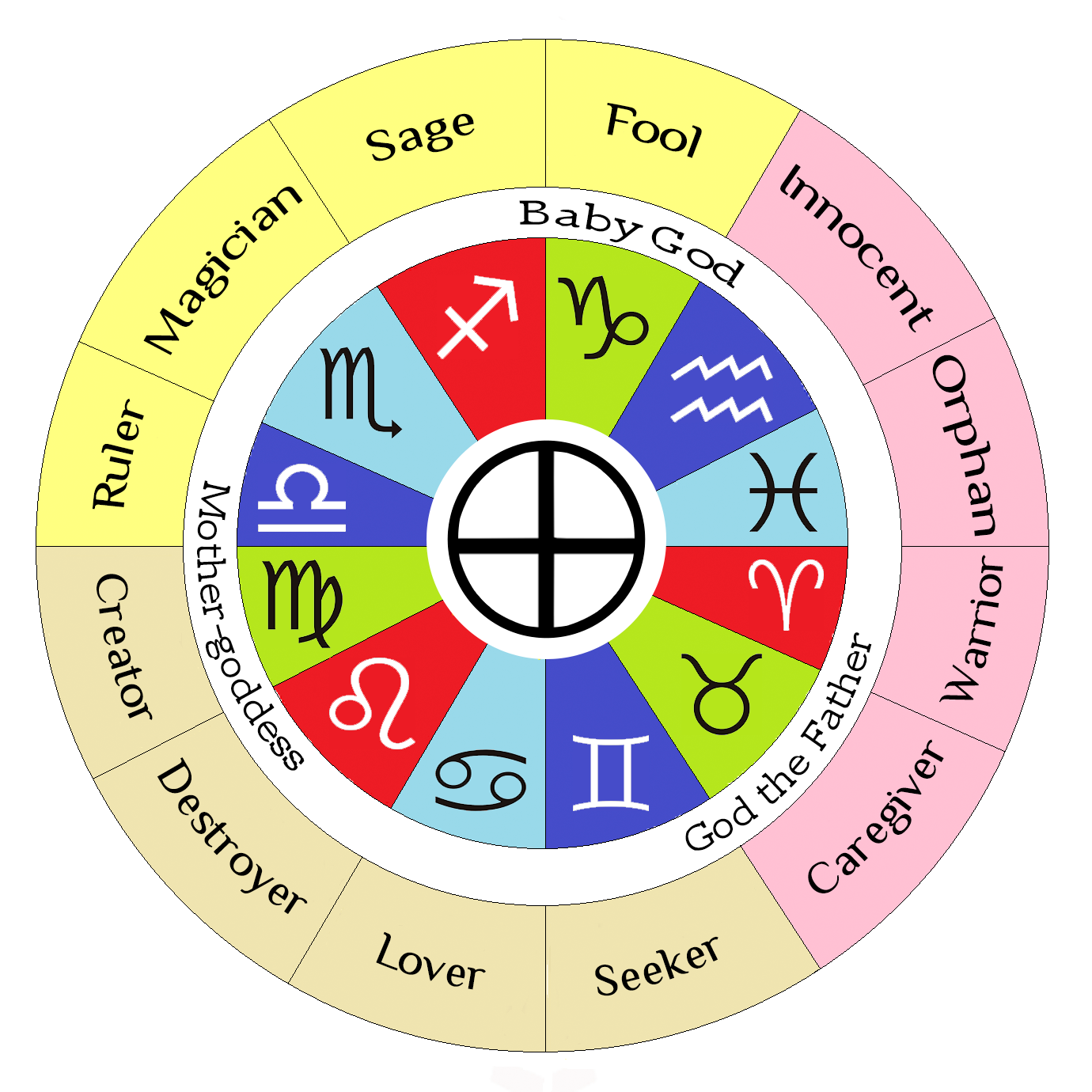
The zodiac began as a patterning tool for agrarian calendars and storytelling, not a workforce forecast. Modern career science looks for measurable links between traits and outcomes, and it favors validated surveys over celestial archetypes. The closest scientific cousin to zodiac claims is the study of personality and vocational interests, where traits like conscientiousness, agreeableness, and openness predict certain strengths. Another relevant thread is nature connectedness, a construct that tracks how strongly people feel part of the living world. Those measures, not star signs, best explain who keeps showing up for long days of transects, camera trap checks, and community meetings.
When we compare these data to field realities, a few patterns surface. People high in openness are more likely to enjoy novel ecosystems, new methods, and cross‑cultural fieldwork. Those with strong empathy often thrive in wildlife rehabilitation, human‑wildlife conflict resolution, or community engagement roles. Conscientious folks tend to handle permitting, survey design, and meticulous monitoring without burning out. None of this maps cleanly onto twelve constellations, but it does map onto the jobs conservation actually needs done.
What the Science Says (and Doesn’t)

There is no credible, replicated evidence that a person’s zodiac sign predicts conservation career entry or success. What the literature does support is a link between certain traits and pro‑environmental actions, including volunteering, habitat restoration participation, and advocacy behaviors. Value orientations matter too; people who prioritize care for others and the natural world often report stronger conservation intentions. These findings align with what hiring managers see: the applicants who stay are those who combine motivation with teachable skills. We should be careful not to imply causation where only correlations exist, but the signal on traits is stronger than anything tied to astrology.
Practical factors shape outcomes as well, from access to internships to the ability to afford poorly paid field seasons early on. Safety concerns, caregiving responsibilities, and visa and travel hurdles can filter who enters the pipeline. Inclusive programs, paid apprenticeships, and local placements help counter those barriers and diversify teams. In other words, even the most ideal trait profile might go nowhere without a path to gain experience. That is a fixable problem, and it has nothing to do with the month you were born.
Archetypes in the Field: Matching Traits to Roles
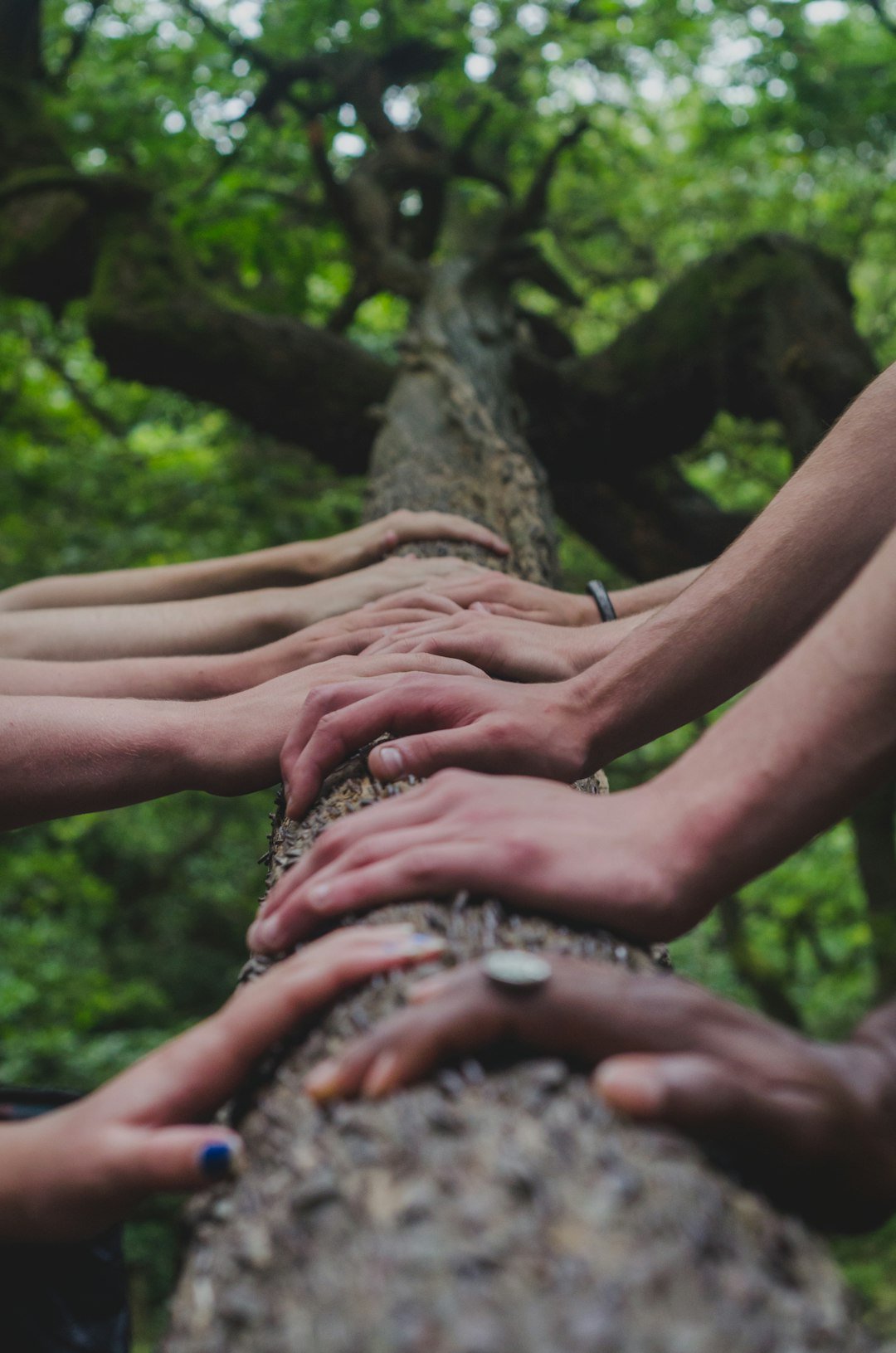
If we use zodiac language as metaphor, the picture gets fun, and surprisingly practical. Imagine fiery advocates channeling urgency into anti‑poaching policy, rapid response, or investigative work where courage and calm matter. Steady, earth‑aligned personalities often excel at long‑term monitoring, vegetation plots, and logistics that keep field teams safe and supplied. Airy communicators shine in outreach, environmental education, and the translation of dense data into community action. Deep‑feeling water‑type archetypes frequently do well in wildlife care, conflict mediation, and roles demanding patient, empathetic listening.
On a chilly morning in a cloud forest, I once watched a data‑driven colleague catch a tiny shift in a mark‑recapture dataset that most of us missed; their detail focus changed the next season’s plan. That same day, another teammate persuaded a skeptical landowner to try a predator‑friendly fence by listening longer than any of us had. Different temperaments, same mission, and both critical to success. The lesson lands hard: conservation teams are ecosystems, and diversity of traits is as protective as genetic diversity. Use archetypes as a map if you like, but hire and train for the real‑world skills underneath.
Why It Matters
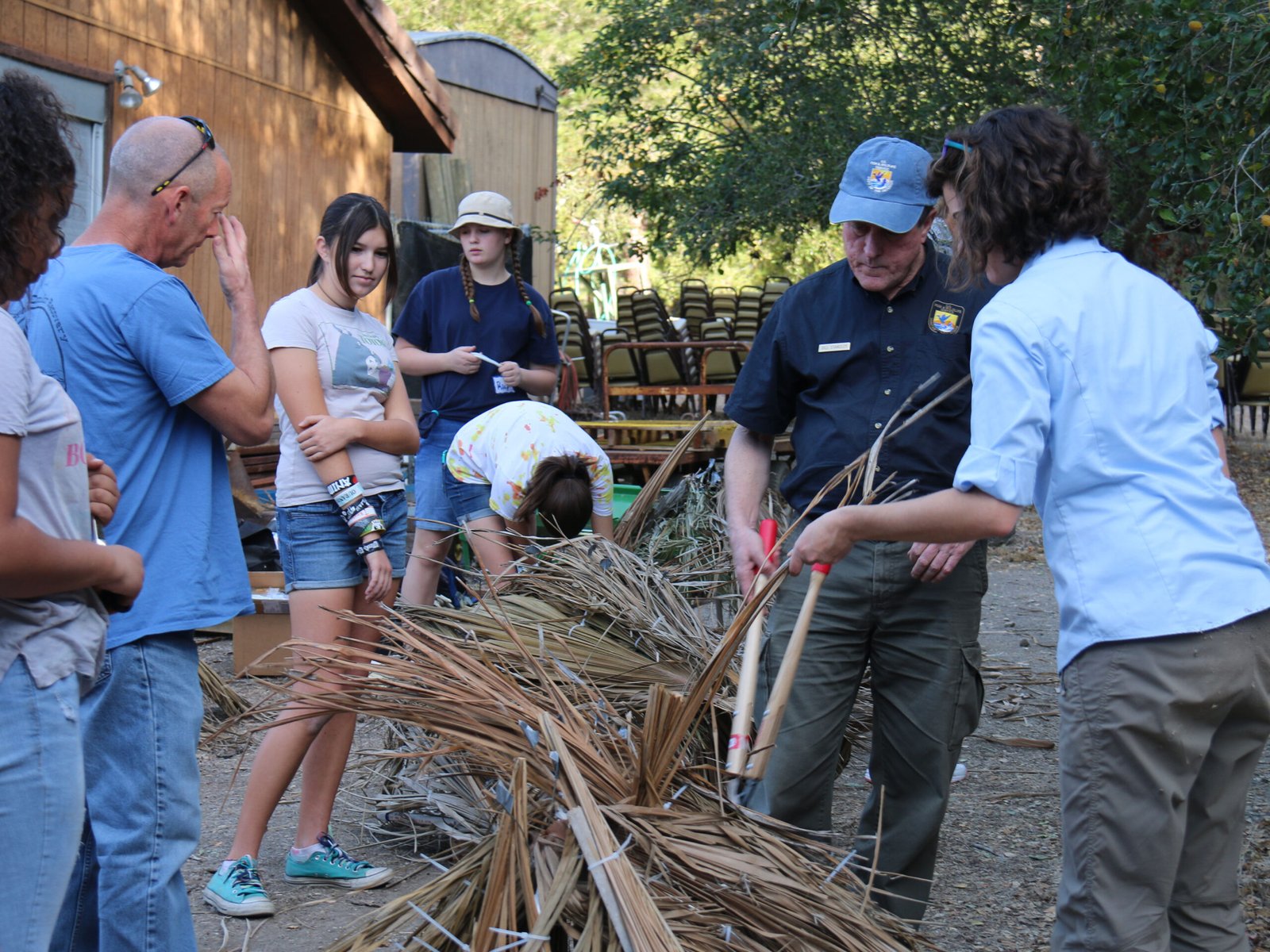
This isn’t a harmless parlor game when a species’ fate turns on whether the right mix of people shows up. Over‑relying on zodiac stories risks steering attention away from the actionable levers – mentorship, paid training, and evidence‑based hiring – that actually grow the workforce. Traditional outreach often celebrates hero scientists, while the work itself needs permit wranglers, GIS analysts, mechanics, and community mediators. A clearer picture of traits and pathways widens the invitation and reduces attrition, especially for newcomers who don’t see themselves as the stereotypical field biologist. In short, moving from myth to measurable qualities helps conservation recruit smarter and faster.
There is also a public‑trust angle. Donors, communities, and policymakers want to know that conservation organizations base decisions on sound evidence, not vibes. Showing how traits, training, and local knowledge converge to create impact builds credibility. It also opens space to value roles that once hid in the shadows, like data engineering or social science. The more precise we are about what works, the more resilient our projects become under pressure.
Global Perspectives

Conservation is never one‑size‑fits‑all, and that includes the human side. In community conservancies, the most effective staff may be cultural brokers who navigate language, custom, and historical grievances with steady respect. In protected areas under climate stress, logistics planners and health‑and‑safety leads can save more wildlife than any single field expedition. Coastal projects might depend on fishers’ knowledge and conflict mediation, while forest programs lean on long‑term monitoring and remote sensing. Every landscape selects for a different mix of abilities.
Indigenous and local expertise remains essential across regions, not just as “input” but as leadership. Programs that center co‑management often report better compliance and fewer conflicts because decision‑making is shared. That changes the hiring profile, prioritizing facilitation and accountability alongside ecological chops. The takeaway is simple: global conservation talent looks less like a horoscope page and more like a mosaic, assembled from the strengths communities already hold. Building with that mosaic in mind accelerates success.
The Future Landscape
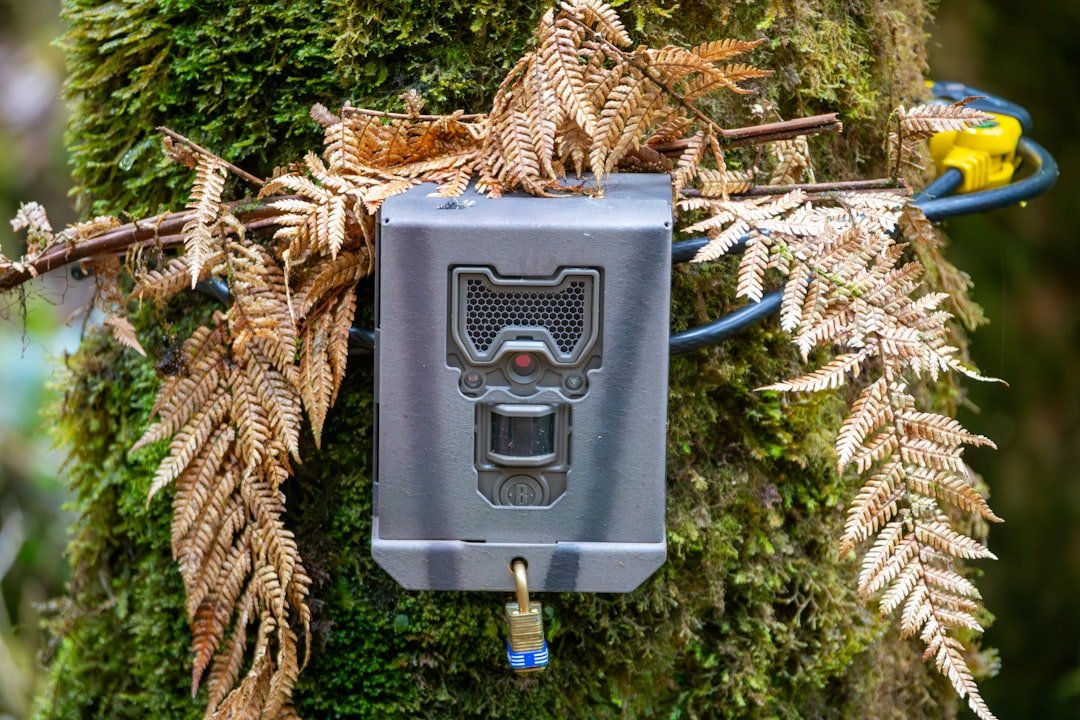
Technology is reshaping conservation, and it rewards a fresh blend of traits. Environmental DNA is transforming species detection, demanding careful sampling and lab precision. Satellite analytics and AI‑assisted camera traps generate torrents of data that beg for curiosity, statistical literacy, and ethical judgment. Drones and open‑source sensors expand reach, but human intuition still catches the anomalies that algorithms miss. The best teams pair tech fluency with the field wisdom to ask the right questions in the first place.
Emerging challenges raise the stakes. Climate extremes, emerging diseases, and sophisticated trafficking networks compress timelines and budgets. Cross‑border cooperation, cybersecurity for sensitive location data, and community resilience planning are quickly becoming core competencies. Expect hybrid jobs that marry ecology, data science, and public engagement to multiply. None of these titles come stamped with a constellation; they come with training, mentorship, and the will to adapt.
What You Can Do Now
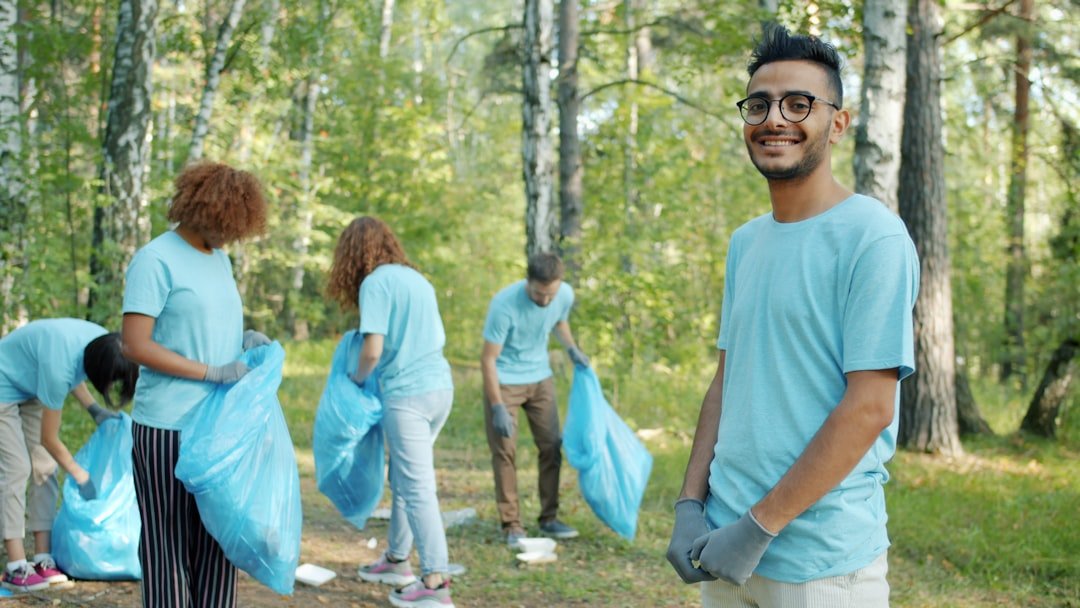
If this topic tugs at you, start with a simple inventory: which tasks make you lose track of time, and which ones drain you. Match that list to real conservation roles – fieldwork, data analysis, education, policy, fundraising, or community partnerships – and you’ll see a path appear. Look for paid local internships, remote volunteer projects, or citizen‑science platforms that build practical skills without requiring a cross‑continent move. Join a naturalist walk, help a land trust plant native shrubs, or take an online short course in GIS or data wrangling. Small, consistent steps beat the grand but delayed plan.
Offer support if a career shift isn’t on the table. Lend your weekend to a restoration crew, amplify science‑based policy, or donate specialized skills like translation, coding, or graphic design to a local nonprofit. Encourage schools and community groups to invite practitioners who reflect the diversity of your neighborhood, so more young people see themselves in this work. And if you love the zodiac, use it as a playful frame to celebrate the range of strengths conservation needs – then back it up with action. In the end, the stars don’t decide who shows up for wildlife; you do, today – so which strengths will you bring first?

Suhail Ahmed is a passionate digital professional and nature enthusiast with over 8 years of experience in content strategy, SEO, web development, and digital operations. Alongside his freelance journey, Suhail actively contributes to nature and wildlife platforms like Discover Wildlife, where he channels his curiosity for the planet into engaging, educational storytelling.
With a strong background in managing digital ecosystems — from ecommerce stores and WordPress websites to social media and automation — Suhail merges technical precision with creative insight. His content reflects a rare balance: SEO-friendly yet deeply human, data-informed yet emotionally resonant.
Driven by a love for discovery and storytelling, Suhail believes in using digital platforms to amplify causes that matter — especially those protecting Earth’s biodiversity and inspiring sustainable living. Whether he’s managing online projects or crafting wildlife content, his goal remains the same: to inform, inspire, and leave a positive digital footprint.




